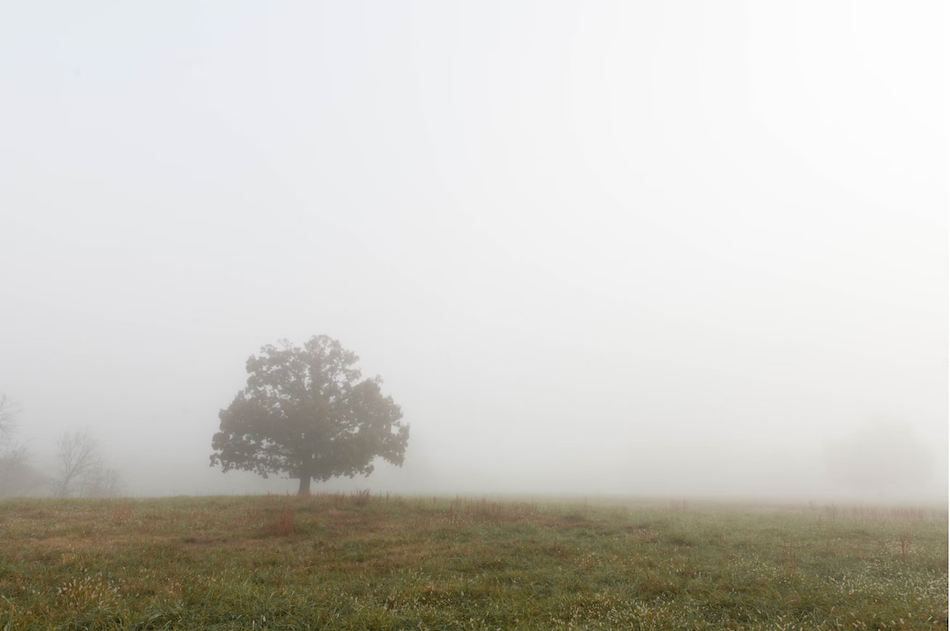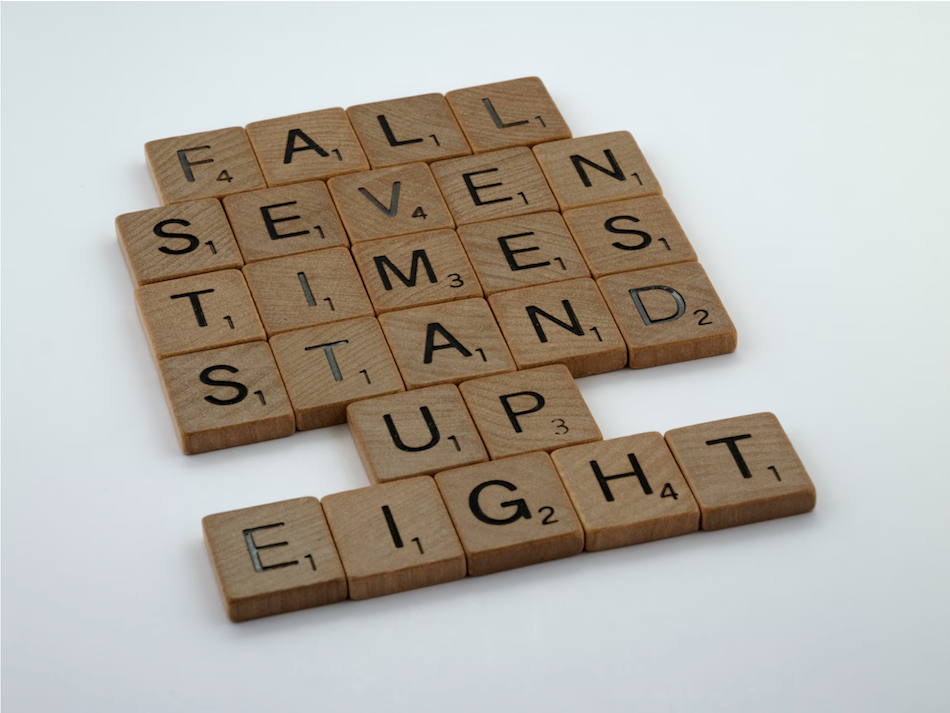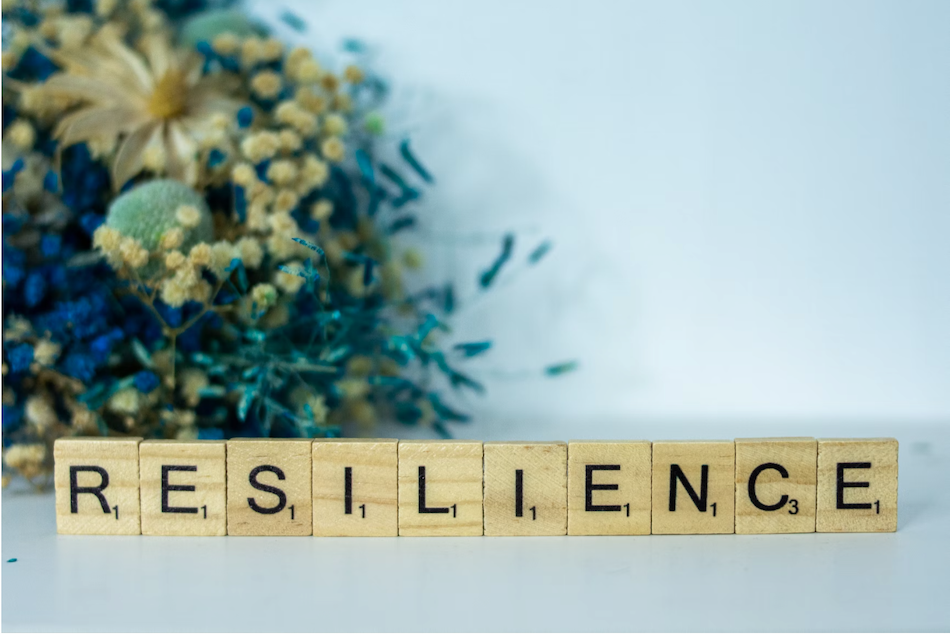Stand Up Eight
On this early morning I am thinking about death. The loss of my beloved life-partner demonstrated death to me on the closest level possible. Which takes me to the next thought,
I, too, will die.
Thoughts such as this come without warning, arriving like fog. One day they are far from your mind; the next, the thoughts move in close and surround, bringing a low level anxiety that settles in and floats beneath the surface until it mysteriously disappears. Until the next time.

Grieving people can begin feeling anxious about their own health or the safety of other loved ones. Sometimes, they don’t even realize what they are experiencing is anxiety or is in any way related to their grief. —https://www.cnn.com › grief-anxiety-healing-loss-wellness
Moments like this are medicine.
Grief doesn’t magically end at a certain point after a loved one’s death. Reminders often bring back the pain of loss . . . When a loved one dies, you might be faced with grief over your loss again and again — sometimes even years later. —https://www.mayoclinic.org › grief › art-20045340

In year two, I am finding solace in allowing grief to have its way with me. Not fighting it. Observing the sensations in my body, the thoughts coursing through my mind, and trying not to create a story about it in my mind. Rumi describes it well.
The Guest House
This being human is a guest house.
Every morning a new arrival.A joy, a depression, a meanness,
some momentary awareness comes
as an unexpected visitor.Welcome and entertain them all!
Even if they’re a crowd of sorrows,
who violently sweep your house
empty of its furniture,
still, treat each guest honorably.
He may be clearing you out
for some new delight.The dark thought, the shame, the malice,
meet them at the door laughing,
and invite them in.Be grateful for whoever comes,
because each has been sent
as a guide from beyond.by Rumi
Taken from SELECTED POEMS by Rumi, Translated by Coleman Barks (Penguin Classics, 2004).
When Grief arrives, in one of its many forms, two questions guide me.
-
What am I feeling?
-
What do I need?
Asking myself the two questions and then acting on my own behalf helps. A simple tool? Yes.
Yet, there are no “simple” answers.
We simply keep going, doing the best we can; asking for help as needed.

Is this what resilience looks like in year two?
I’m not certain.
But this is what resilience looks like for me today.
